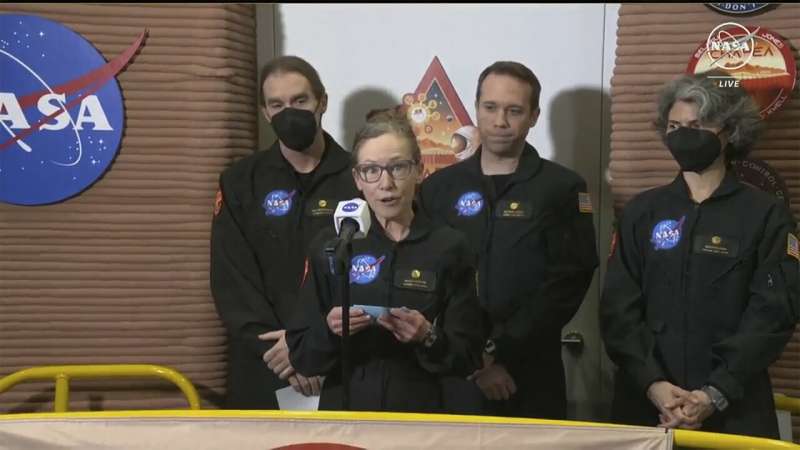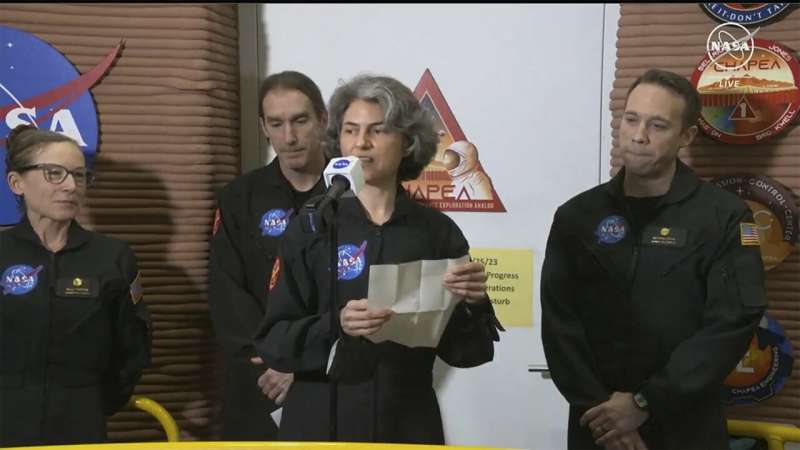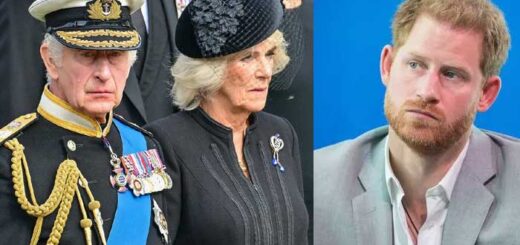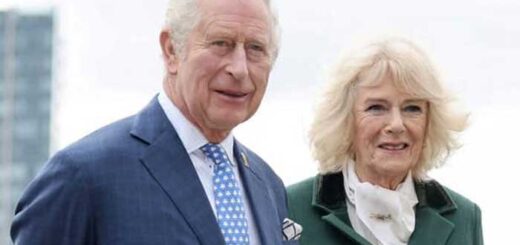Kelly Haston, Anca Selariu, Ross Brockwell and Nathan Jones entered the 3D-printed habitat on June 25, 2023, as the maiden crew of the space agency’s Crew Health and Performance Exploration Analog project.
Haston, the mission commander, began with a simple, “Hello.”
“It’s actually just so wonderful to be able to say ‘hello’ to you all,” she said.
Jones, a physician and the mission medical officer, said their 378 days in confinement “went by quickly.”
The quartet lived and worked inside the space of 17,000 square feet (1,579 square meters) to simulate a mission to the red planet, the fourth from the sun and a frequent focus of discussion among scientists and sci-fi fans alike concerning a possible voyage taking humans beyond our moon.
The first CHAPEA crew focused on establishing possible conditions for future Mars operations through simulated spacewalks, dubbed “Marswalks,” as well as growing and harvesting vegetables to supplement their provisions and maintaining the habitat and their equipment.
Steve Koerner, deputy director of Johnson Space Center, said most of the first crew’s experimentation focused on nutrition and how that affected their performance. The work was “crucial science as we prepare to send people on to the red planet,” he said.
“They’ve been separated from their families, placed on a carefully prescribed meal plan and undergone a lot of observation,” Koerner said.
“Mars is our goal,” he said, calling the project an important step in America’s intent to be a leader in the global space exploration effort.





